For Vietnamese, the Lunar New Year — also known as “Tet” — is the most important holiday of the year. People usually return to their families at this time, worshipping at the family altar and visiting and sweeping their ancestors’ graves.
The word “Tet” is short for Tet Nguyen Dan, Sino-Vietnamese for “Feast of the First Morning of the First Day.” On Tet, people usually buy peach blossom, apricot blossom, kumquat trees and other flowers for decoration to welcome the arrival of spring.
For most Vietnamese, the Tet celebrations begin with the Le cung ong tao — the ceremony of sending off the three Kitchen Gods — on the 23rd of the last month of the lunar year. According to legend, the three Kitchen Gods ride carp to Heaven on this day to deliver an annual report to the God of Heaven on the household’s activity.
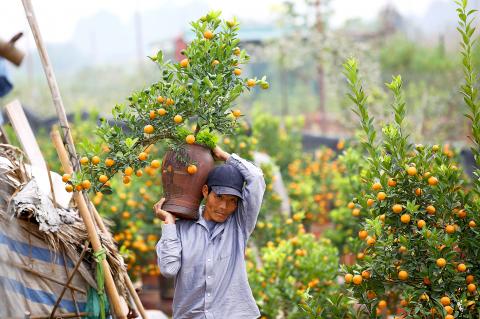
Photo: EPA
照片:歐新社
At Tet, Vietnamese decorate their houses with different blossoms, depending on the region: yellow apricot blossoms in the central and southern parts of the country and peach blossoms in the northern part. These represent affluence, good luck and happiness. The kumquat tree is also a very popular decoration for the living room during Tet: a fruit-laden tree symbolizes fertility and prosperity for the coming year.
In Vietnamese, to celebrate Tet is to “an Tet,” which literally means “to eat Tet.” This explains why food is of particular importance during the New Year celebrations. Traditional foods on Tet include square-shaped banh chung and cylindrical banh tet, which are made from glutinous rice with mung bean paste, pork and other fillings tightly wrapped in dong (Phrynium placentarium) leaves and banana leaves. After molding them into their respective shapes, they are boiled for several hours. Children are told stories of the legendary origins of individual dishes as the food is left cooking overnight.
(Chang Ho-ming, Taipei Times)
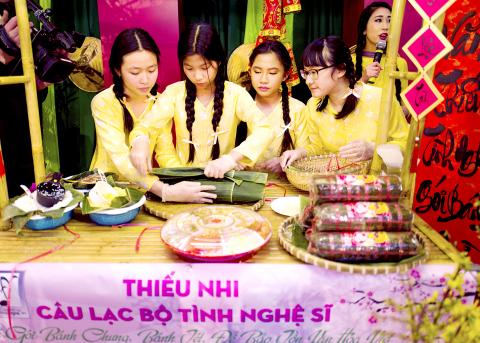
Photo: AP
照片:美聯社
對越南人而言,又稱「Tet」的農曆新年,是一年當中最重要的節日。在新年期間,人們通常會返鄉團圓、在家中的神壇祭拜、前往祖先墓地參拜,並為其掃墓。
「Tet」這個字來自漢越詞「節元旦」的簡稱,指的是「農曆正月初一早上的盛宴」。在越南新年當天,人們經常會購買桃花、杏花、金桔樹,以及其他花卉裝飾於家中,喜迎春天的到來。
對大多數越南人來說,越南新年的整個慶祝活動開始於農曆臘月二十三日的「祭灶節」,也就是恭送三位灶君返回天庭的儀式。傳說,三位灶君會在二十三日乘著鯉魚飛回天庭,向玉皇大帝繳交年度觀察報告,稟報一年來家家戶戶的所作所為。
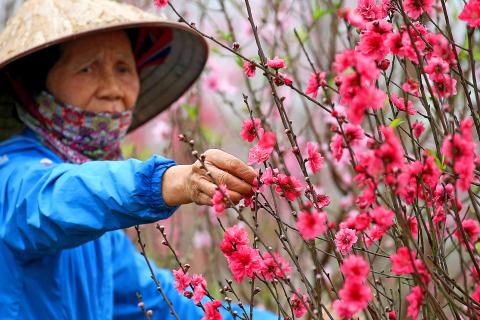
Photo: EPA
照片:歐新社
在越南新年當天,越南人會用不同花卉裝飾屋內,種類則依地區各異:越南中部和南部多用黃色的杏花,北部則主要是桃花。這些花朵代表富裕、好運,以及幸福。金桔樹也是越南新年期間非常受到歡迎的客廳裝飾──結實纍纍的樹,象徵即將到來的這一年豐饒且興旺。
在越南文中,「慶祝新年」(an Tet)字面上的意思就是「吃新年」,這也解釋了為什麼食物在新年的慶祝活動中佔有舉足輕重的地位。傳統的越南新年食物包括「方粽」和「圓筒粽」,基本上就是糯米包入綠豆餡、豬肉,以及其它餡料,再分別用尖苞柊葉和芭蕉葉緊緊地包起來。這兩種粽子經過塑形後,要花上好幾個鐘頭徹夜煮熟。在這段時間,大人們就會告訴小孩子各種關於年節菜餚起源的傳說故事。
(台北時報章厚明撰)
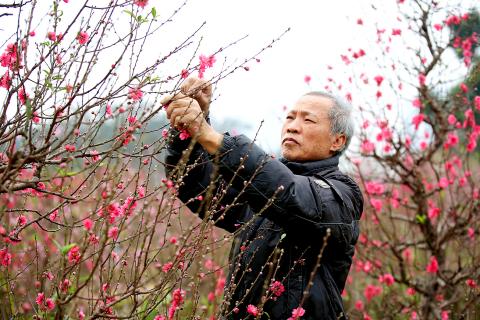
Photo: EPA
照片:歐新社
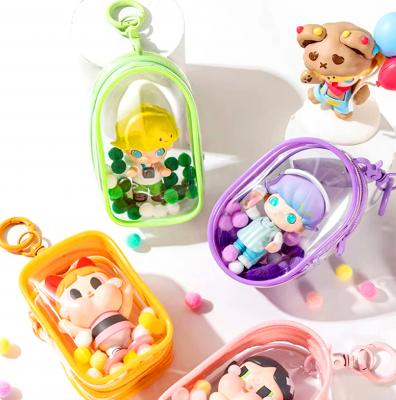
If you’ve recently spotted adults parading around with cuddly toys dangling from their designer handbags, your eyes haven’t been deceiving you. The playful trend of adorning bags with cute charms has become popular among people of various ages. Plushies like Labubu and anime and manga characters such as Chiikawa have become must-have accessories that make personal statements. The practice of attaching charms to personal items has been common across cultures throughout history. In ancient civilizations, charms were often used as symbols of protection, good luck, or identity. Fast-forward to more modern times, and style icons like Jane Birkin, a

★ Bilingual Story is a fictionalized account. 雙語故事部分內容純屬虛構。 Kevin leaned over the bubbling pot. “Hey. . . are you okay? You’ve barely touched your food.” Zoey blinked. Her face was red — not from blushing, but from the “mala” spice and the heat of the room. Her blond hair clumped to her face like strands of fine spaghetti. Her carefully applied makeup now streaked. “This isn’t what I expected,” she said softly, forcing a smile. All around them, Kevin’s friends were laughing, shouting, and tossing ingredients into the broth. The air smelled of chili oil and garlic.
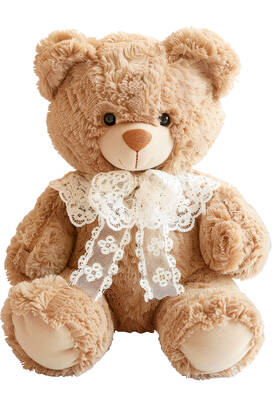
Continued from yesterday(延續自昨日) https://www.taipeitimes.com/News/lang If plushie charms are cute little nods to people’s interests, ita bags are full-on declarations. The term “ita” comes from the Japanese word itai, which means “painful” and reflects the overwhelming visual intensity of these bags. An ita bag is essentially a handbag, backpack, or tote meticulously decorated with an extensive collection of merchandise dedicated to a specific character or idol. These bags usually feature a clear plastic window to display carefully arranged pins, badges, keychains, or fan art. Both the interior and exterior may be covered in fandom memorabilia, creating an aesthetic so intense that it’s almost “painful”
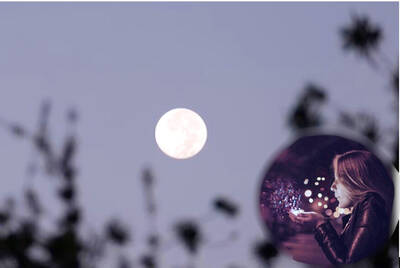
對話 Dialogue 清清:華華,你知道嗎?聽說11月5號有「超級月亮」!那天的月亮會特別大、特別亮。 Qīngqing: Huáhua, nǐ zhīdào ma? Tīngshuō shíyī yuè wǔ hào yǒu “chāojí yuèliàng”! Nà tiān de yuèliàng huì tèbié dà, tèbié liàng. 華華:真的嗎?太棒了!我想去河邊看月亮,順便拍照片。 Huáhua: Zhēnde ma? Tài bàng le! Wǒ xiǎng qù hébiān kàn yuèliàng, shùnbiàn pāi zhàopiàn. 清清:聽說在超級月亮出現的那天晚上許願,願望比較容易實現。 Qīngqing: Tīngshuō zài chāojí yuèliàng chūxiàn de nàtiān wǎnshàng xǔyuàn, yuànwàng bǐjiào róngyì shíxiàn. 華華:是嗎?讓我好好想想要許什麼願。 Huáhua: Shì ma? Ràng wǒ hǎohǎo xiǎngxiǎng yào xǔ shénme yuàn. 清清:哈哈,我已經想好了,我希望「每天都準時下班」。 Qīngqing: Hāhā, wǒ yǐjīng xiǎng hǎo le, wǒ xīwàng “měitiān dōu zhǔnshí xiàbān”. 華華:嗯......我希望今年「年終獎金加倍」 Huáhua: ēn... wǒ xīwàng jīnnián “niánzhōng jiǎngjīn jiābèi”! 清清:等你把手邊的專案做完,你的願望一定可以實現的。 Qīngqing: Děng nǐ bǎ shǒubiān de zhuān’àn zuò wán, nǐ de yuànwàng yídìng kěyǐ shíxiàn de. 華華:希望一切能順利! Huáhua: Xīwàng yíqiè néng shùnlì! 翻譯